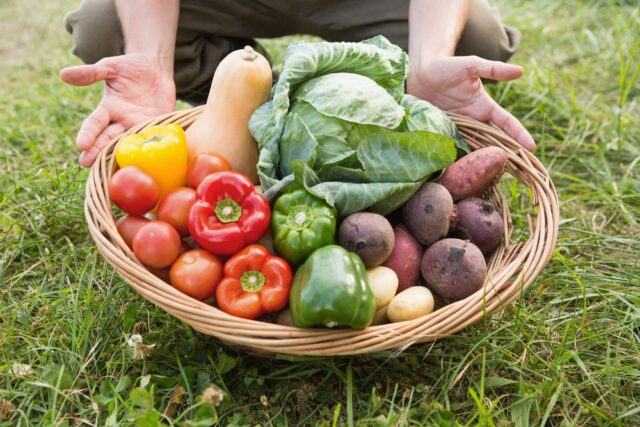
As the demand for locally sourced and sustainable food options continues to rise, starting a farm-to-table business has become an exciting venture for many entrepreneurs. The concept revolves around bringing fresh, organic produce directly from local farms to the dining table. In this 2024 guide, we’ll explore how to design and establish a successful farm-to-table business, focusing on key strategies and the significance of a well-crafted menu template.
Understanding the Farm-to-Table Concept
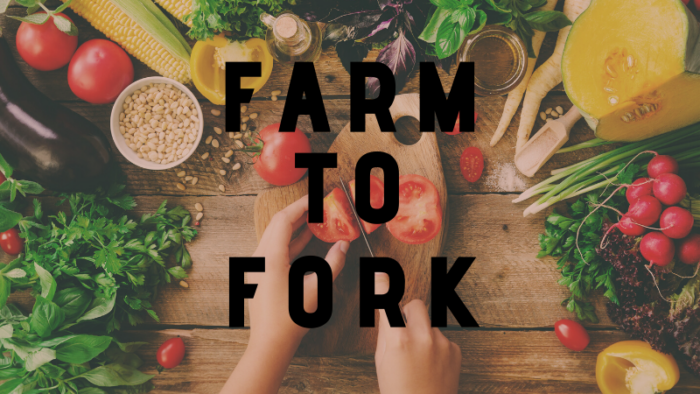
The farm-to-table movement centers on the idea of shortening the distance between food production and consumption while incorporating a thoughtfully designed menu template. By sourcing ingredients directly from local farmers, you ensure the freshest and most flavorful ingredients for your dishes, perfectly complementing your enticing menu template. This approach promotes sustainability and supports local economies, making your farm-to-table experience even more remarkable.
Benefits of Farm-to-Table Dining
Farm-to-table dining offers numerous benefits, such as reducing the carbon footprint by minimizing transportation distances. It also empowers local farmers and contributes to the community’s overall well-being. Customers appreciate the transparency and quality associated with knowing where their food comes from.
Setting Up Your Farm-to-Table Business
Selecting the Right Location
Choosing the right location is paramount for the success of your farm-to-table business. Opt for a space that aligns with your brand’s ethos and attracts both locals and visitors. A picturesque rural setting or an urban garden can add to the charm of the dining experience.
Establishing Relationships with Local Farmers
Forge strong partnerships with local farmers to ensure a consistent supply of fresh produce. Collaborate closely with them to understand their practices, and build a mutual understanding that benefits both parties.
Creating a Sustainable Supply Chain
Sustainability is at the heart of the farm-to-table concept. Design a supply chain that minimizes waste, reduces plastic usage, and prioritizes eco-friendly packaging.
Designing Your Farm
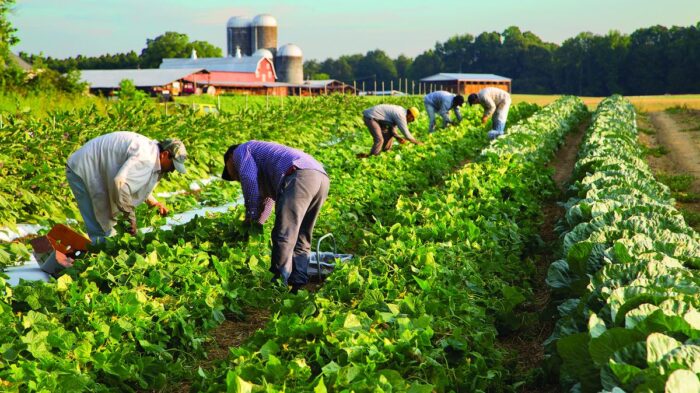
Organic Farming Practices
Adopt organic farming practices to cultivate ingredients that are free from harmful chemicals. This not only benefits the environment but also enhances the taste and nutritional value of the produce.
Crop Rotation and Seasonal Planning
Implement crop rotation techniques to maintain soil health and fertility. Plan your crops according to the seasons to ensure a diverse and dynamic menu throughout the year.
Embracing Biodiversity
Encourage biodiversity in your farm by cultivating a variety of crops. This promotes a balanced ecosystem and reduces the risk of pests and diseases.
Crafting Your Menu Template
The Role of a Well-Designed Menu
Your menu is more than a list of dishes; it’s a reflection of your brand’s identity. A thoughtfully designed menu can tell a story, evoke emotions, and guide diners through their culinary experience.
Showcasing Seasonal Ingredients
Highlight the freshness of your ingredients by structuring your menu around the seasons. This not only ensures the best flavors but also supports local farmers and reduces the need for extensive preservation methods.
Incorporating Flexibility and Creativity
A farm-to-table menu should be adaptable based on ingredient availability. Embrace creativity by offering daily specials based on what’s freshest that day.
Building a Unique Dining Experience
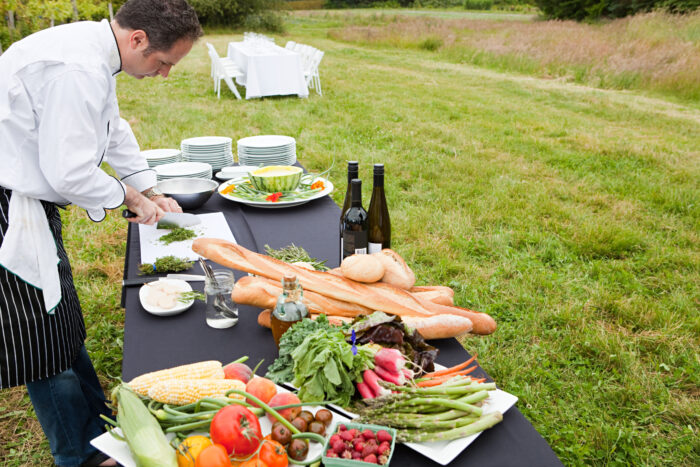
Farm Ambiance and Decor
Create an inviting atmosphere that transports diners to the heart of your farm. Incorporate rustic decor, natural elements, and perhaps even an on-site garden.
Open Kitchen Interaction
An open kitchen layout allows customers to witness the culinary magic as it happens. This transparent approach adds an interactive element to their dining experience.
Engaging with Customers
Interact with your customers to educate them about the farm-to-table philosophy. Share stories about the ingredients’ origins and the positive impact of their dining choices.
Promoting Your Farm-to-Table Business
Utilizing Social Media Marketing
Harness the power of social media to showcase your farm’s journey, seasonal offerings, and behind-the-scenes moments. Engage with your audience through captivating visuals and informative captions.
Hosting Farm Events and Workshops
Organize farm events, workshops, and cooking classes to involve the community. This not only increases brand visibility but also fosters a sense of connection with your patrons.
Collaborating with Local Communities
Partner with other local businesses and community organizations to expand your reach. Collaborative efforts can lead to mutually beneficial promotions and initiatives.
Sustainability and Ethics
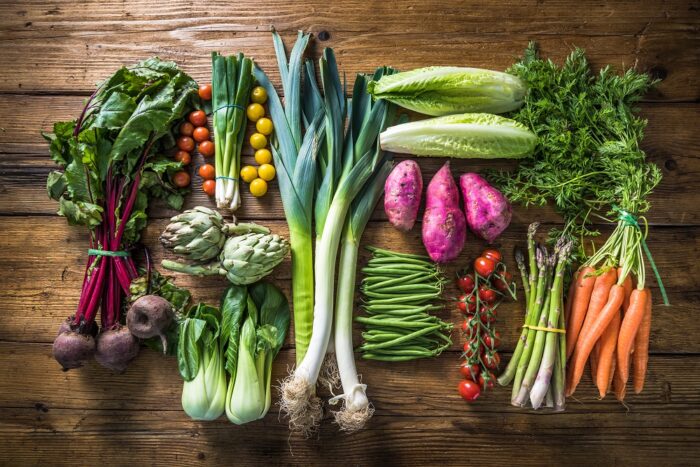
Reducing Food Waste
Implement strategies to minimize food waste, such as portion control, composting, and creative repurposing of leftovers.
Supporting Fair Farming Practices
Ensure that the farmers you collaborate with adhere to fair labor practices and receive fair compensation for their produce.
Giving Back to the Community
Contribute to the community by donating excess produce to food banks or local shelters. This demonstrates your commitment to the well-being of the larger community.
Overcoming Challenges
Seasonal Fluctuations
Adjust to the ebb and flow of seasonal ingredient availability by maintaining a flexible menu and exploring preservation methods like pickling and canning.
Balancing Price Points
While quality ingredients come at a cost, find a balance that makes farm-to-table dining accessible without compromising your business’s sustainability.
Handling Limited Ingredient Availability
On days when certain ingredients are unavailable, showcase your culinary expertise by creating innovative dishes with what’s on hand.
Ensuring Quality and Consistency
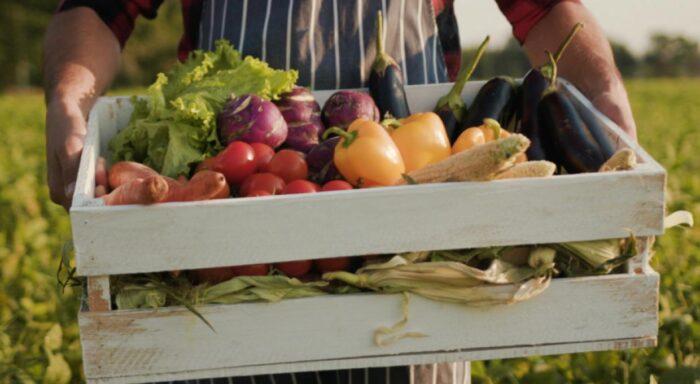
Implementing Stringent Quality Checks
Maintain your commitment to quality by implementing rigorous quality checks for both your farm produce and the final dishes.
Training the Kitchen Staff
Train your kitchen staff to handle the unique challenges of working with seasonal ingredients. Their adaptability and creativity will be key to a successful farm-to-table operation.
Feedback and Continuous Improvement
Encourage customer feedback and use it to refine your offerings. Continuous improvement ensures that your farm-to-table business stays relevant and delightful.
Conclusion

Designing and operating a successful farm-to-table business is a rewarding endeavor that not only promotes sustainable dining but also supports local agriculture and communities. By following the strategies outlined in this guide and crafting a captivating menu template, you can create a unique and unforgettable dining experience for your patrons.
















